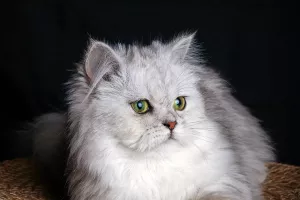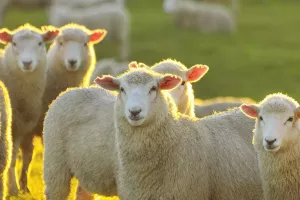Birds are an important member of nature, playing an important role in maintaining natural ecological balance. Let's take a look at some knowledge about birds together.
Birds need to eat a lot of food to maintain the constant body temperature of up to 41 degrees Celsius. A bird can eat foods that are one -third of their weight every day. The daily energy loss of large birds is relatively small, so it only needs to eat food that is equal to one -fifth of its weight.
Many birds can swim. In daily life, most of the birds fly in the height of less than 160 meters, but it can reach a height of 7,600 meters when migrating. Some birds, such as geese, can obtain extra buoyancy by compiling line -shaped flights, which can reduce air resistance and save energy.
Birds never fall off the tree when sleeping. When the birds stop on the branches, their toes will grab the branches. When its body is lower, the muscles on the feet will shrink inward, and the toes will automatically bend and tighten inward so that the branches will be grasped tightly. At this time, even if there is a strong wind blowing, the birds will not fall.
Nature has given us beautiful colors. Compared with humans, birds have more types of cone cells, and the arrangement of these cells is hidden in the mystery of evolution.
Most bird's vision is very wide. The bird's eyes grow on both sides of the head. When they look forward, the vision of the two eyes overlap and synthesize a double -view image. This allows them to see the objects behind, both sides and above the head.
Unlike human eyes, bird's eyes can see the fourth color. Human eyes' perception of color is through three types of color receptors, namely cone cells, corresponding to three different colors: red, blue, and green. Birds have the fourth receptor, which can detect more different light frequencies, so it can see ultraviolet light.
There are more than 10,000 birds known in the world. Why are their feathers so colorful? How many colors does their feathers have?
If you want to find out why their feathers have so many colors, we must first understand the principle of color of feathers. The color of bird feathers is determined by pigmentation plus light scattering.
The color of most feathers is mainly determined by melanin, carrot pigment, and Porphyrin pigment. The color of a small number of bird feathers is also determined by metal oxide. In simple terms, birds with melanin will show black, brown, gray, etc.; carotenoids will make feathers red, yellow, orange, and purple; porphyrin pigment will make feathers pink, green and other colors.
The reason why hummingbirds can show rainbow -like colors is because their special feather structures make natural light scatter. Of course, some bird feathers can only reflect fixed light. For example, many blue birds. Their feather structure absorbs other light and only reflects blue light.


